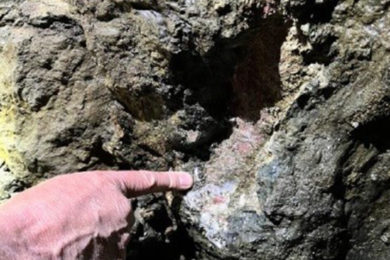 BASF and Ji’Ning Hock Mining & Engineering Equipment have received approval from the relevant antitrust authorities in China for the formation of BASF Hock Mining Chemical (China) Company Ltd. BASF has a 75% majority stake in the new venture, which will continue Hock’s existing business activities in the field of chemical injection and cavity filling products for coal mining and other underground applications. “With this investment BASF demonstrates its long term commitment to the underground construction and coal mining industry on a global basis. We will bring our best technologies to the industry in China and around the world,” said Dr Tilman Krauch, President of Construction Chemicals at BASF.
BASF and Ji’Ning Hock Mining & Engineering Equipment have received approval from the relevant antitrust authorities in China for the formation of BASF Hock Mining Chemical (China) Company Ltd. BASF has a 75% majority stake in the new venture, which will continue Hock’s existing business activities in the field of chemical injection and cavity filling products for coal mining and other underground applications. “With this investment BASF demonstrates its long term commitment to the underground construction and coal mining industry on a global basis. We will bring our best technologies to the industry in China and around the world,” said Dr Tilman Krauch, President of Construction Chemicals at BASF.
Dr Krauch added: “With its well-established market position and reputation in the coal mining industry, Hock provides both product expertise and a strong customer base. Combined with BASF’s technology capabilities, expertise in environment, health, and safety as well as strength in innovation, the new venture is set to be an important partner to local as well as global mining experts.” In 2010, Hock had sales of roughly €50 million. While injection technology has been present in European markets such as Germany for the past 30 years, it was only introduced in China some 10 years ago. Through chemical injection and cavity filling, substances such as polyurethanes or other construction chemicals can be introduced into fractured rock, sands, gravel or coal to avoid water or gas accumulation and stabilise cavities in tunnels.
“Both BASF and Hock share the same philosophy on developing high quality safety measures for mining and underground construction projects. I am happy to stay and contribute to the new company,” said Jingsheng Cui, General Manager of the new group and founder of Hock. “With this new joint venture we can match local and international expertise to better serve mining customers in this important growing market.” There is a growing market for solutions serving the coal mining industry, driven by the continuing growth in demand for coal. Demand is expected to rise for at least the next 20 years, primarily in the non-OECD countries such as China and India where coal is used for power generation, for steel and cement production, and as a raw material in the chemical industry.








